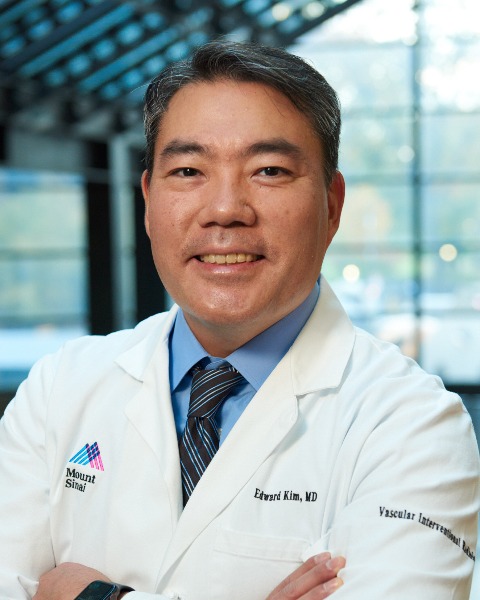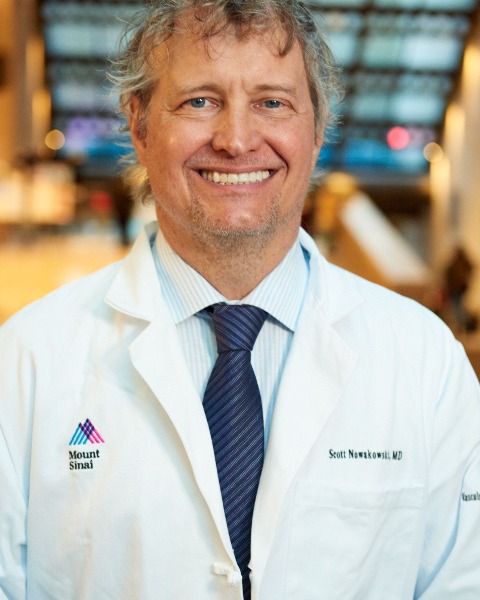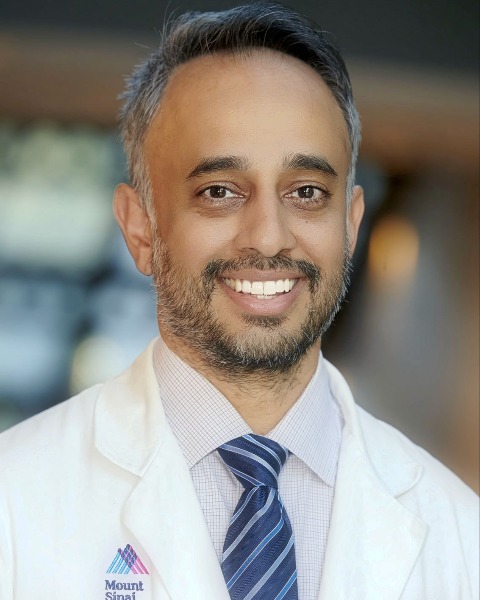Interventional Oncology
Radioembolization Prior to Checkpoint Inhibitor Immunotherapy versus Radioembolization Post Checkpoint Inhibitor Immunotherapy for the Treatment of Intermediate and Advanced Stage Hepatocellular Carcinoma
- KM
Kartik M. Menon, BA (he/him/his)
Medical Student
Icahn School of Medicine at Mount SinaiDisclosure(s): No financial relationships to disclose

Ricki A. Gottlieb, MD
Resident
Icahn School of Medicine at Mount Sinai
Edward Kim, MD (he/him/his)
Professor of Radiology and Surgery
Mount Sinai Health System
Vivian Bishay, MD
Associate Professor
Icahn School of Medicine at Mount Sinai Hospital- AF
Aaron M. Fischman, MD
Professor of Radiology and Surgery
Mount Sinai Health System 
Scott Nowakowski, MD
Professor of Radiology and Surgery / Vice-Chair
Mount Sinai Health System
Rahul S. Patel, MD, FSIR
Professor of Radiology and Surgery
Mount Sinai Medical Center- RP
Rajesh I. Patel, MD
Assistant Professor of Radiology and Surgery
Icahn School of Medicine at Mount Sinai .jpg)
Dan Shilo, MD
Assistant Professor
Mount Sinai- RL
Robert A. Lookstein, MD
Professor of Radiology and Surgery
Icahn School of Medicine at Mount Sinai - KG
Kirema Garcia-Reyes, MD
Assistant Professor
Mount Sinai
Abstract Speaker(s)
Author/Co-author(s)
Materials and Methods:
A retrospective review of patients presented at an institutional multidisciplinary liver tumor board between 1/1/2012 and 6/1/2022 was conducted. Those who underwent TARE within 90 days of initiation of ICI therapy for the treatment of HCC were included in the analysis. Patients who initiated systemic therapy and underwent TARE less than one week apart were excluded. 1:1 (ICI first:TARE first) propensity matching for age, sex, etiology, pre-treatment alpha fetoprotein, Child-Pugh score, BCLC stage, presence of vascular invasion, presence of extrahepatic metastasis, and variables for timing of treatments was conducted. Kaplan-Meier analysis compared median overall survival, progression-free survival, and univariate statistics identified differences in disease response and control rates.
Results: A total of 47 patients who received both TARE and ICI were analyzed, including 19 who started ICI therapy prior to TARE and 28 who underwent TARE before starting ICI therapy. Propensity matching produced no significant differences in nearly all baseline characteristics, though age remained different between the cohorts (ICI first: 61.3 ± 9.2 years, TARE first: 68.3 ± 6.4 years). Patients receiving ICI therapy followed by TARE had better median progression-free survival (13.3 months vs 5.3 months, p < 0.005), objective response rates by mRECIST (68.4% vs 21.1%, p = 0.003), and disease control rates by mRECIST (68.4% vs 31.5%, p = 0.02). Median survival between the groups was not statistically significant.
Conclusion: This retrospective, single-center analysis of propensity matched patients receiving combination therapy with ICI and TARE found that patients who received ICI immunotherapy prior to TARE had significantly better objective response rates and disease control rates by mRECIST, along with better progression-free survival compared to those who received TARE first.

.jpg)
.png)
.jpg)
.png)
.png)
.png)
.png)
.jpg)
.png)